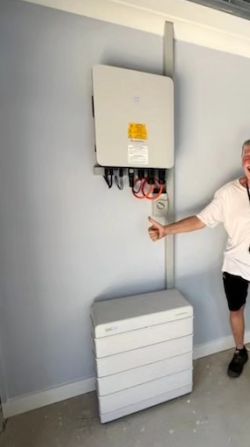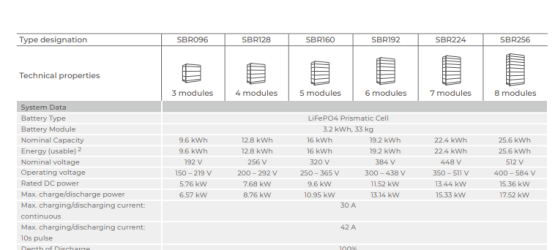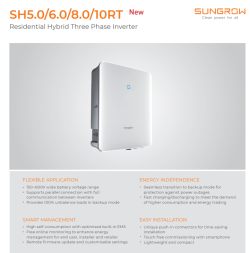- Joined
- Oct 13, 2013
- Posts
- 16,213
Whats your annual average c/kWh (total bills / total consumption).Our system on average generates 11 MWh per year, and we feed in 8.5MWh. Our overall electricity bill are $500 per year, which when you include a network charge of $1/day, is ok.
Include Amortise solar system over 10y at 5% interest and divide by 10



















